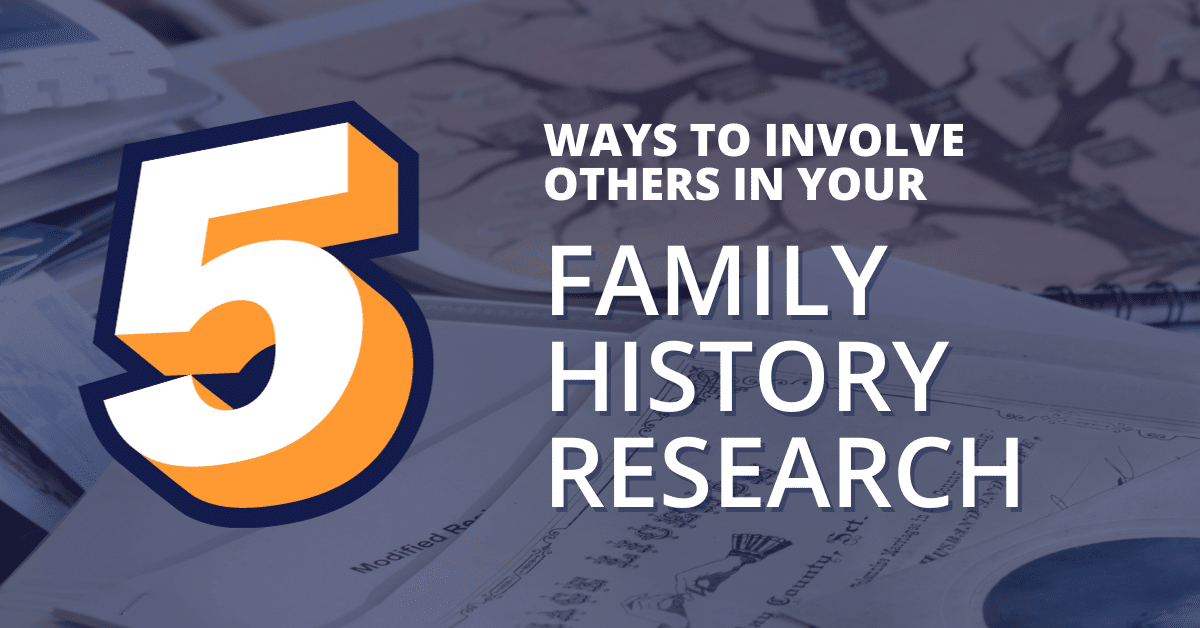
When researching your family’s history, it is important to think about your legacy and how you envision your work continuing after you’re gone. At Permanent, we’ve developed legacy planning features to give you peace of mind that your archives and research won’t get lost to time, and that your wishes will be honored and carried out by a person of your choosing. However, many people have told us that although they have a great passion for their family history research, they have trouble identifying someone that they can trust to pass on their research to.
This holiday season, use some of our tips with your friends and family to recruit the next generation of family history enthusiasts. As we shared during our recent community call on family history, here are five ideas for engaging your loved ones in your research.
1. Make a family recipe
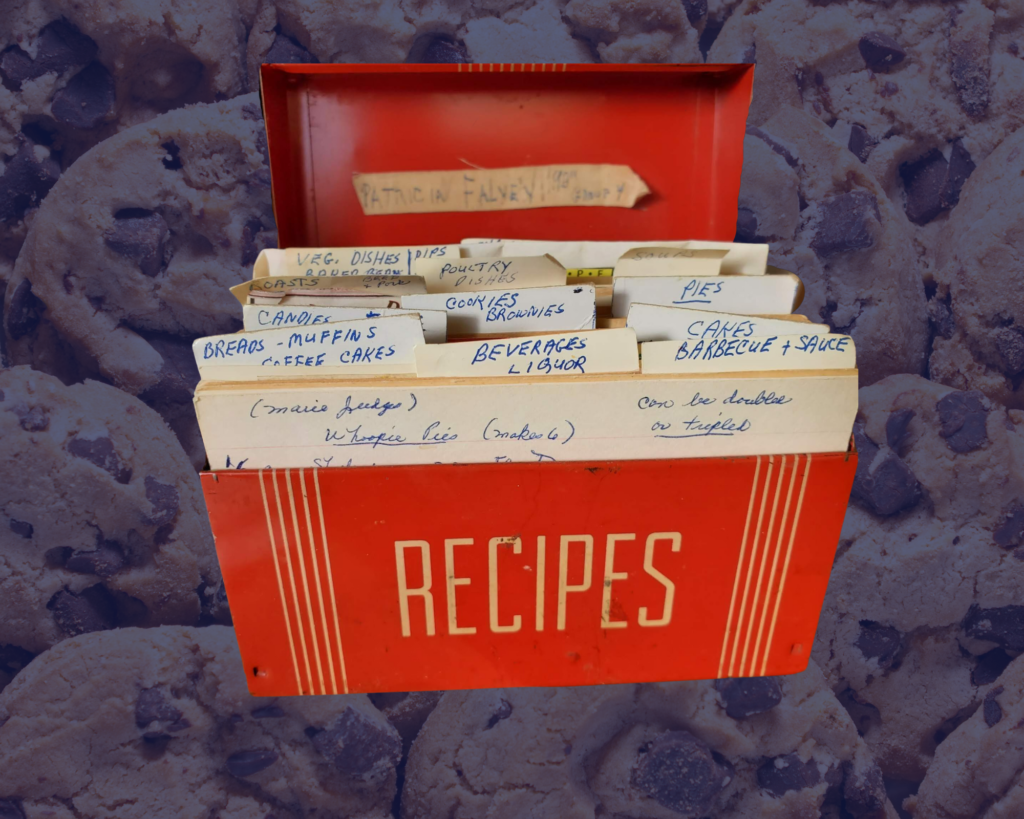
In my family, the holidays are usually centered around two things: family and food. Each year we dig out my grandmother’s old recipe box to try and recreate the tastes of our childhood. How many of you remember a special dish or dessert that was made around the holidays that you crave now, even years later?
Gather your loved ones together and try to make a cherished recipe. If you have any younger children in the family, this is a great opportunity to bake some cookies or something sweet and talk about the origins of the recipe, the person who was famous for making it, and the holidays and traditions where you enjoyed that dessert.
The best part is you get to eat at the end!
2. Recreate a family photo
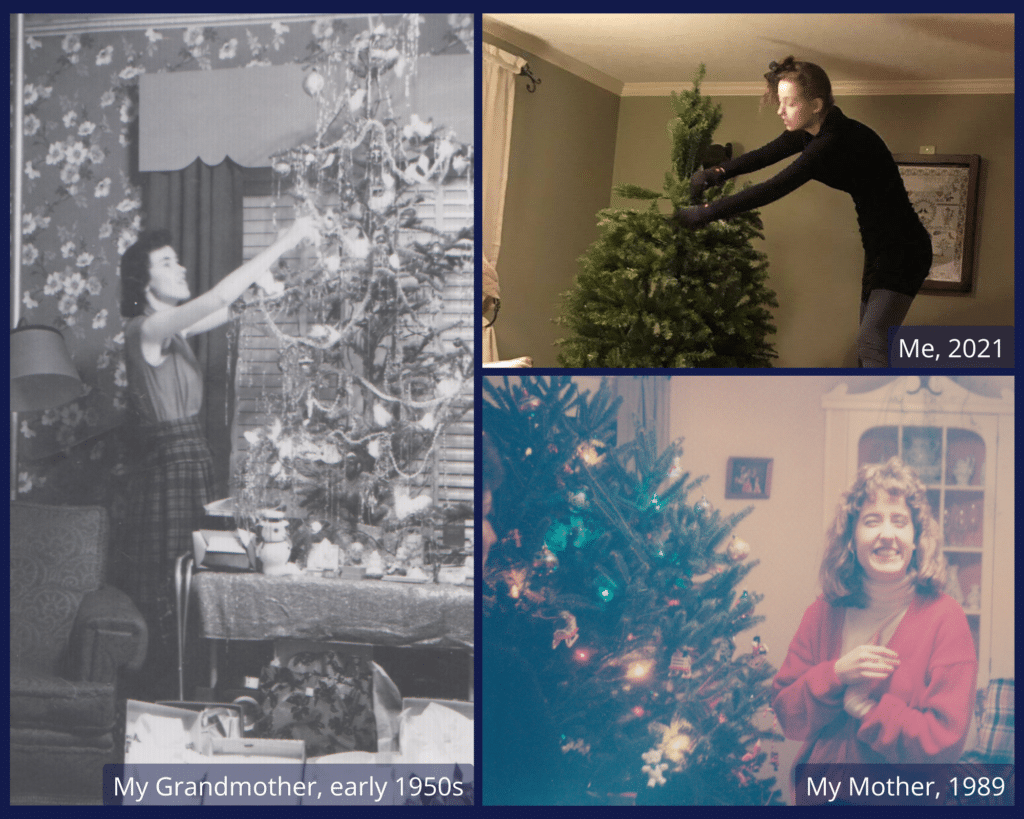
Recreating old photos is another popular activity to try out this holiday season. Photos are a great vehicle to talk about the people, places, and objects in your family, and it also gives you a fun opportunity to compare and contrast. With the younger generations, you can point out that so-and-so has Grandpa’s nose or how you still have that old sweater you wore back in the 1970s to remind them of their connections to the people that came before them. When you take the photo, be sure to examine your reference photo so you can track which traditions were carried over for generations and which ones were recently created. For example, when recreating the photo of my mother and grandmother, I noticed that I’ve carried forward a love for tinsel and the big Christmas light bulbs which made me feel closer to them and the traditions they started.
3. Share memories behind important objects
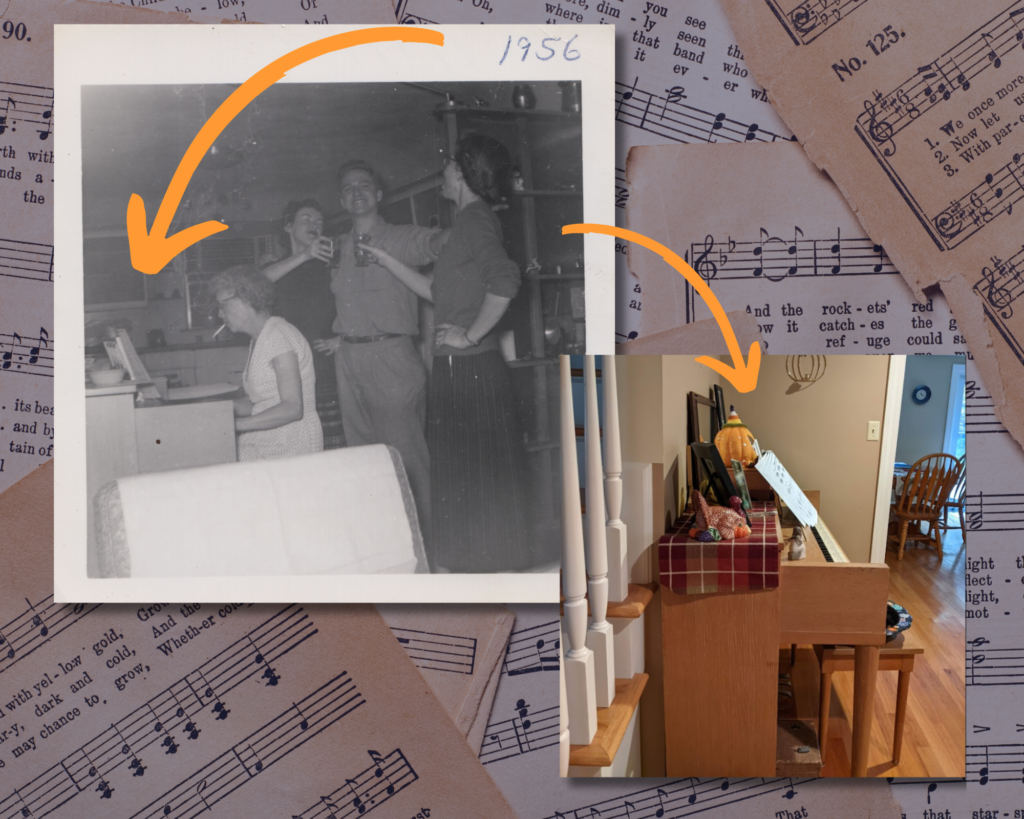
Everyone has objects around their house that can be used to tell a story. This might be your grandmother’s china or your uncle’s old fishing pole. No matter what, the objects have a story behind them that can be used to teach about the person that they belonged to and also the time period in which that person lived. For instance, maybe your grandmother kept her “good china” locked up in a cabinet on display for an event that never came. You could talk about the importance of those items to your grandmother and also why they may have been so precious, and then talk about how you would use that object. Would you just keep them on display or would you make it a point to use them and cherish the memory of your grandmother? Talking about objects is a good way to provide context to your cherished heirlooms with younger generations.
4. Play dress up
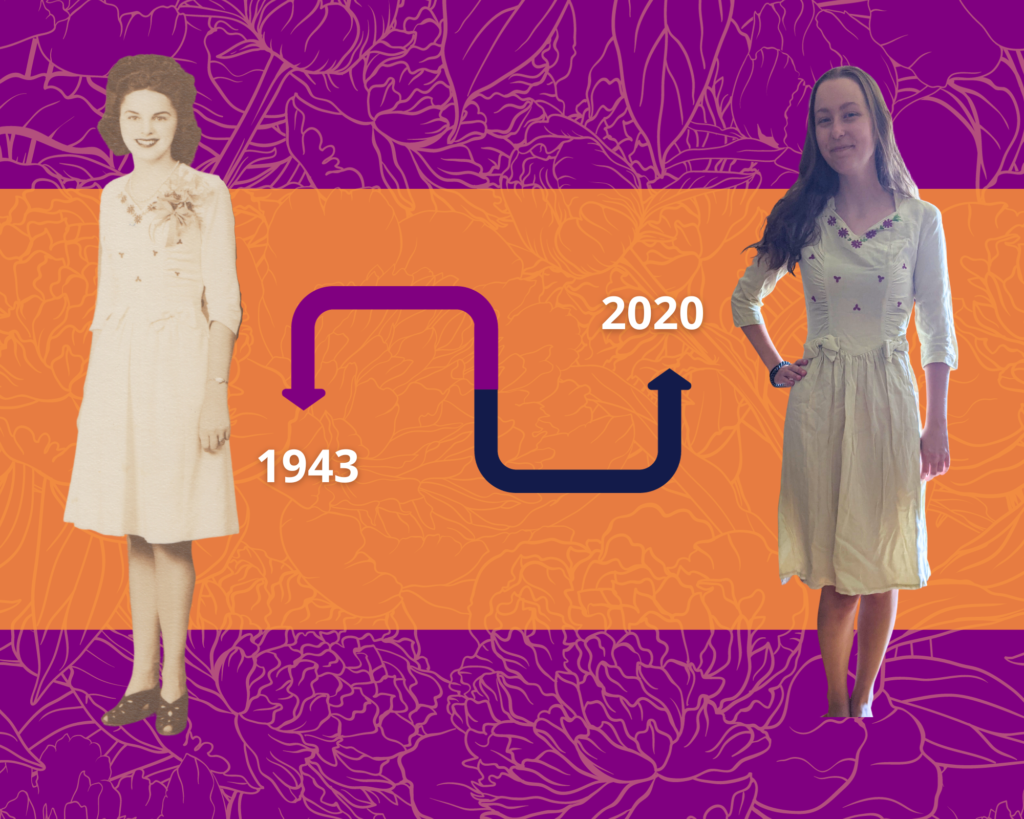
Most of us probably have items hanging up in our closet that we’re just too sentimental to get rid of. If you’ve got old wedding dresses, jewelry, or even uniforms that your kids and grandkids can try on — let them! Don’t keep them locked up in a closet. Objects have stories attached to them. Not only does playing dress up create a fun opportunity for you to recreate photos, but it also gives you the chance to discuss changes in fashion and the occasions when the items were worn.
5. Take the skeletons out of the closet
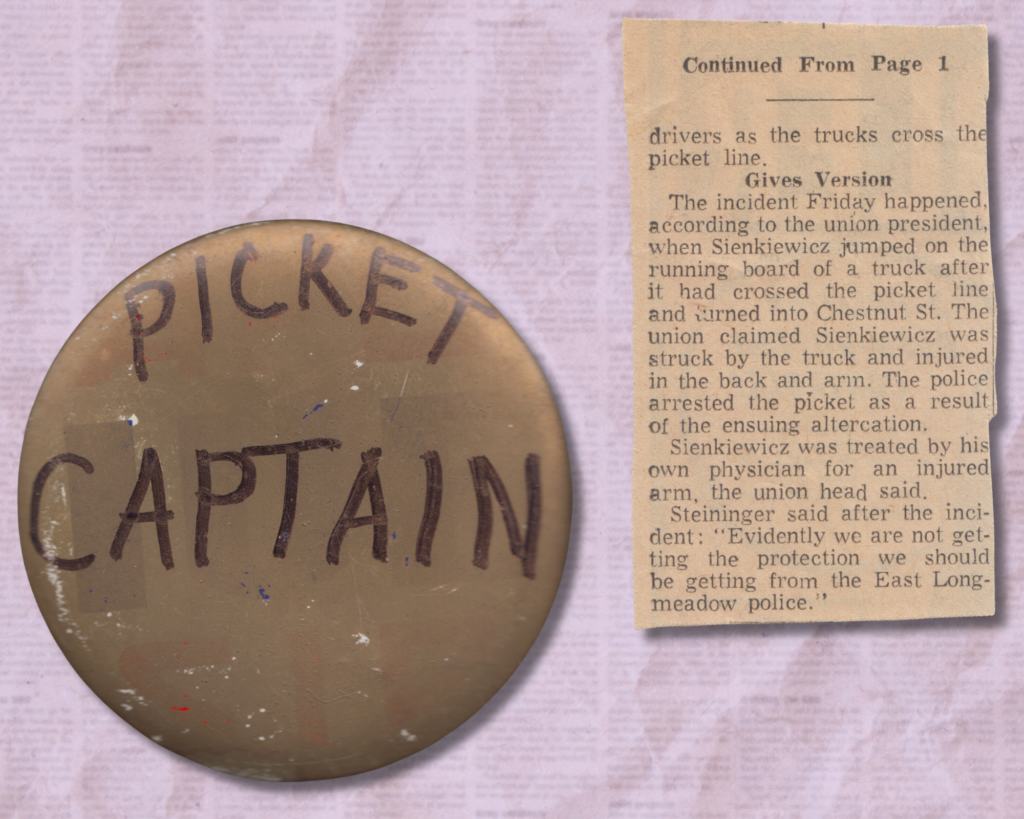
Lastly, there may be some stories you don’t think are super savory or proper to tell the next generation. But trust me, there is no greater way to get the younger generation involved than by airing out some old family secrets. In my own family, I’ve noticed that every time an older family member has started telling a story about someone’s “true” past, the younger generations go silent as they try to get to the bottom of it. You might think, “oh, the kids don’t need to know about this,” but these stories are part of your family too, not just the easy ones. Stories like these can provide historical context and also a glimpse into what your family members believed and fought for and what struggles they may have faced.
Share your best stories
We hope that you can use these tips to help encourage your loved ones to engage with and learn from your family history research. You can also use these opportunities to share your research on Permanent by adding someone as a member of your archive, sharing a file or folder with them, or publishing materials to your public archive. Be sure to designate a legacy contact for your archives to make sure they are safe for the future, and keep an eye on our blog, podcast, and events calendar for more expert tips and tricks!

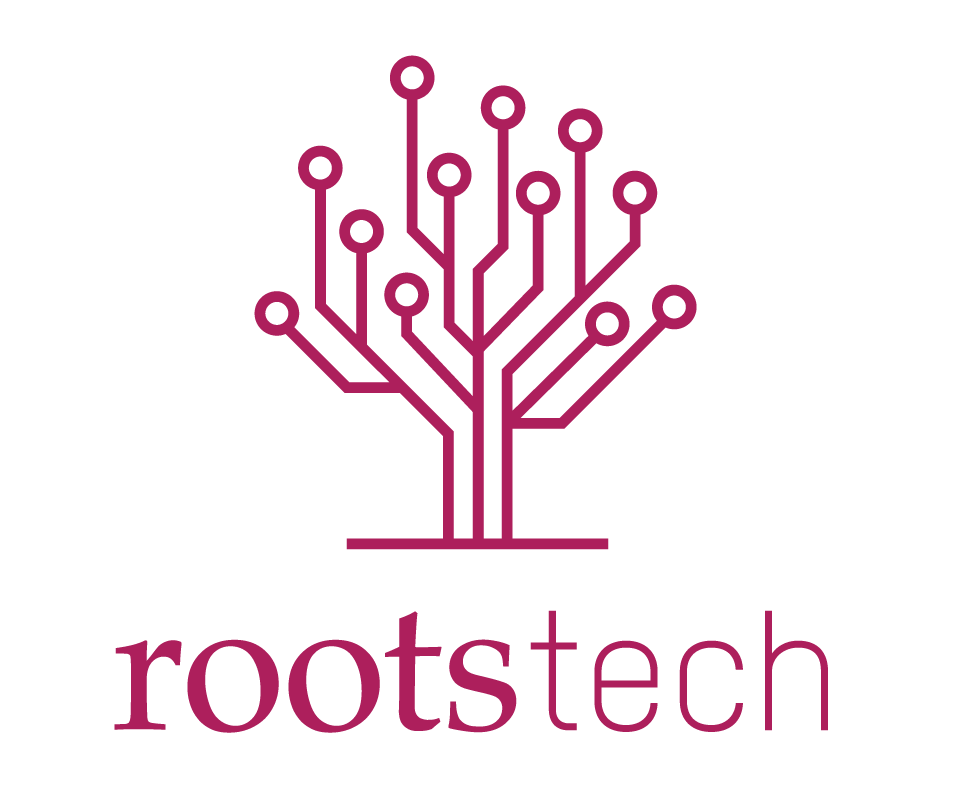
I am already concentrating on family stories, but hadn’t thought about special items in photos. Great blog post.